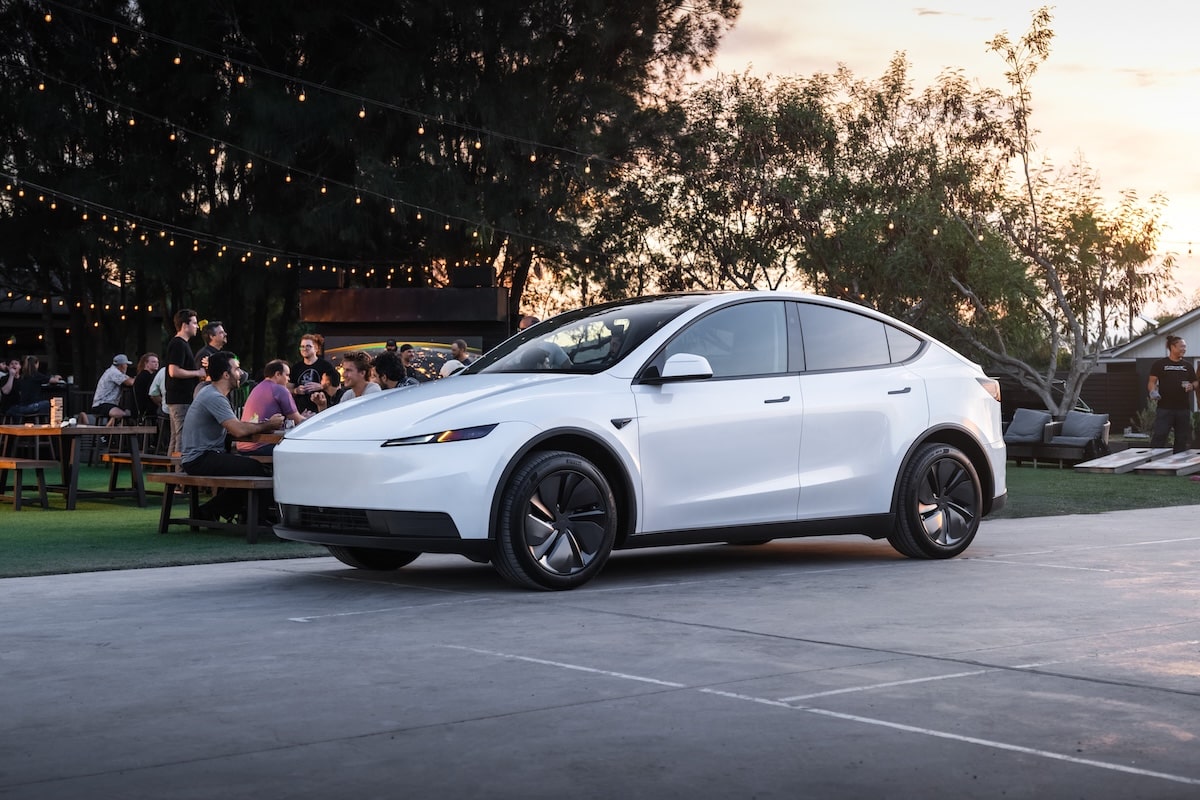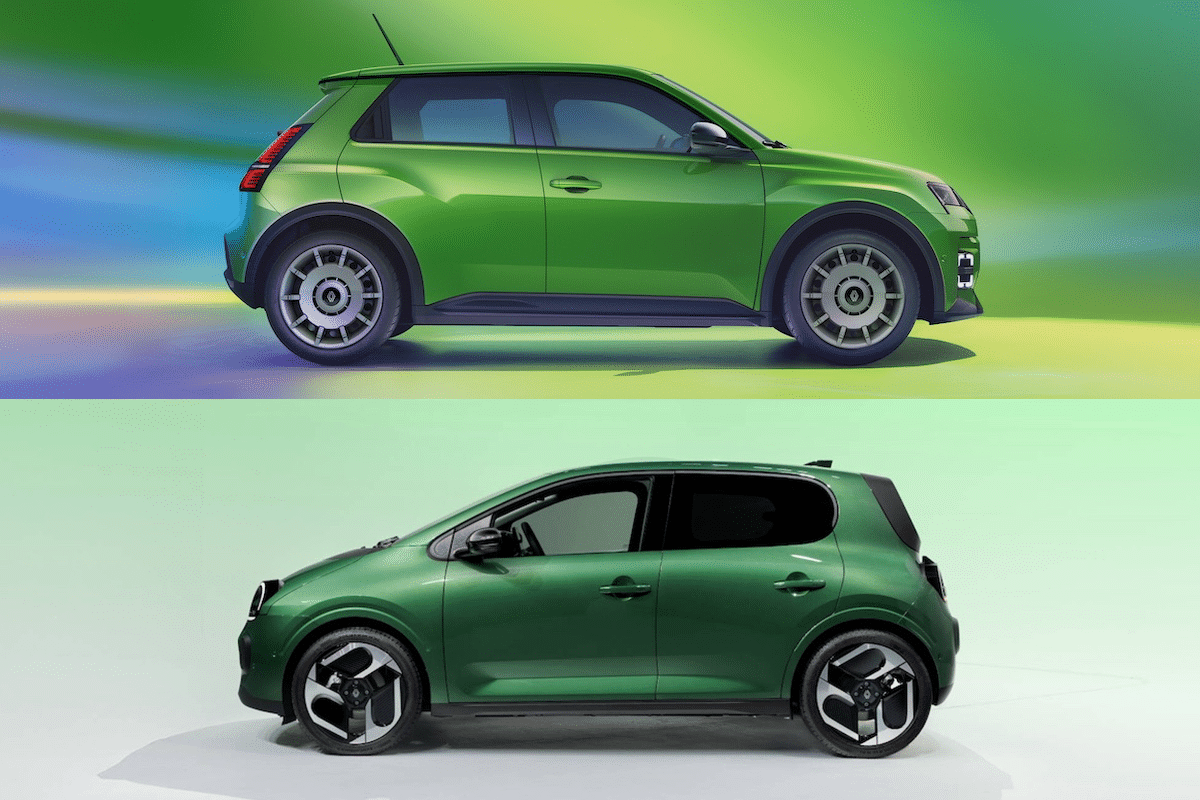Tesla Model Y Standard: Its Weight Is Completely Inconsistent!

Tesla has updated its webpage compiling all public specifications of its cars, and those of the Standard Model Y are surprising.
Tesla probably didn’t disclose everything about its Standard Model Y, the low-cost version of its global bestseller. Unveiled in early October 2025 and quickly marketed in Europe and North America, it attracts attention with its very affordable price (thanks to the CEE Bonus), but disappoints with the minimalism of its equipment.
True to its tradition, Tesla has said as little as possible about the technical sheet of this Standard Model Y, believing that the customer doesn’t need to know. They buy an electric car just as they would an iPhone. Period. But one question arises: how is it that the Standard Model Y is heavier than the Model Y Long Range Rear-Wheel Drive Premium?
You might be interestedin this article:
Weight, a Tesla paradox?

According to WLTP approval data, the Standard Model Y Rear-Wheel Drive shows a mass of 1981 kg, which is… 5 kg more than the Long Range Rear-Wheel Drive Premium Model Y, which is, however, better equipped and fitted with a larger capacity battery. How can it be explained that a “stripped-down” model is heavier than the more luxurious version? The Standard has neither ventilated seats, improved sound system, power tailgate, nor some assistances, and also features smaller wheels. How is this possible?
Contrary to what one might think, the difference does not come from a different battery chemistry either. Both versions rely on NMC technology (nickel-manganese-cobalt), which is lighter and denser than the LFP batteries used on the older Rear-Wheel Drive Model Y. The distinction is elsewhere: the battery pack of the Standard model is physically identical to that of the Long Range, but contains fewer active cells.
Tesla prefers to standardize its components as much as possible: the casing, fastenings, cooling system, and mechanical structure of the pack are exactly the same. Only part of the modules is connected or in use. As a result, the weight savings are marginal—on the order of just a few dozen kilograms—whereas one would expect a much clearer difference between the two versions.
In other words, the Standard Model Y is a version “lightened by software,” not mechanically.
Same power… and less performance
Tesla has also modified its homologation procedures. The few kilograms difference can therefore simply originate from administrative tolerances rather than real technical differences.
The argument that the Standard Model Y is simply downgraded on software management tends to be confirmed by power levels: the motor still promises 220 kW (298 horsepower), yet the performance figures are markedly different.
The Standard Model Y accelerates to 100 km/h in 7.2 seconds, while the Long Range Rear-Wheel Drive manages it in 5.6 seconds (down from 5.9 seconds not long ago).
Thus, Tesla creates artificial differentiation within its lineup, but with technically similar cars. An industrial streamlining that allows for significant savings.
ALSO READ: XPeng IRON: a humanoid robot and controversial breasts
This page is translated from the original post "Tesla Model Y Standard : son poids est totalement incohérent !" in French.
We also suggestthese articles:
Also read



